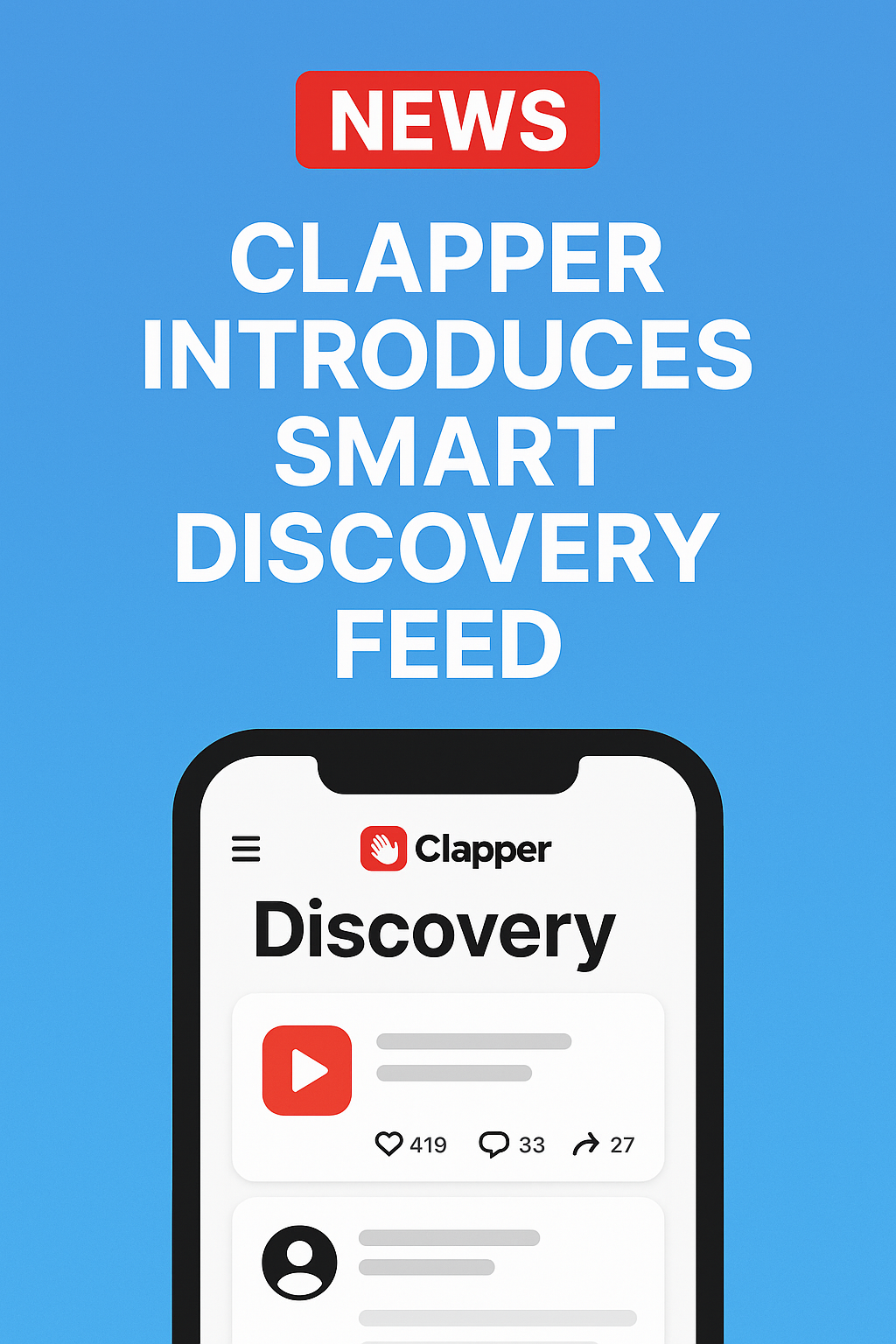
Less than a week after Google announced it was dropping the Google Glass Explorers project, in favor of a focus on the enterprise, someone has already swooped in to fill that void.
Microsoft announced during its live webcast on Wednesday that it is developing its own advanced version of computerized glasses, named HoloLens.
What‘s so exciting about the wraparound glasses is that they will allow viewers to experience a holographic experience all around them, wirelessly, while allowing great freedom of movement. Microsoft is calling them the “world’s first holographic computing platform.”
These holographic lenses, developed with Augmented Reality technology, work by basically turning a person’s entire living room into a giant Gameroom, though they are meant for all consumers, not just gamers or app developers. And here lays a real challenge.
Even though, the world of 3-D-headsets is increasingly competitive, none of them have made them easy to use for a novice, and those not experienced in manipulating 3-D objects. Microsoft hopes that with its integrated platform, it will attract developers who are interested in making apps for the consumer field.
“With Windows 10, holograms are Windows universal apps, making it possible to place three-dimensional holograms in the world around you to communicate, create and explore in a manner that is far more personal and human,” the company wrote.
As demonstrated on this video, HoloLens works in harmony with the user’s environment, so that person can place three-dimensional holograms around them to create objects visually, watch Netflix, play a game of virtual chess, or share projects with others who are also connected.
It’s important to note that HoloLens will only work with the newly announced Windows 10, which according to the statement, will be delivered with a set of APIs to inspire developers to create and experiment with this holographic vision.
HoloLens may not win Microsoft a fashion award for wearables, but with its transparent screen it allows viewers to see the holograms ahead, while keeping the world around them in their field of vision, an often-heard complaint about Google Glass.
Another crucial element of HoloLens is the ability to 3-D print holographic creations by using HoloStudio. Basically, a person can think it, create in 3-D, and then print it. Then it’s there, in your hands.
Many industries can benefit from this technology, from entertainment to science. NASA is already planning to use HoloLens to send images taken from the Mars rover back to Earth, then view them as 3-D holograms, in order to help the scientists better understand the planet’s landscape.
There are other big players in this field, such as Oculus Rift. But despite the fanfare surroundings its $2 billion acquisition by Facebook, the company has yet to deliver a consumer product. Samsung is in the game as so many others.
And of this product delay with the competition spells out as good timing for Microsoft, a company that appears to be more than ready. Its delivery date is synced with the release of Microsoft 10, and will be before the end of the year, meaning that Microsoft is positioning itself as a company that is promising to dazzle us in 2015.
There is no official price range for the computerized headset, and it remains in question whether it will be shipped first only to developers or to the consumers at large.
VatorNews has reached out to Microsoft for additional comment, and we will update this story if we learn more.
Image source: Microsoft















